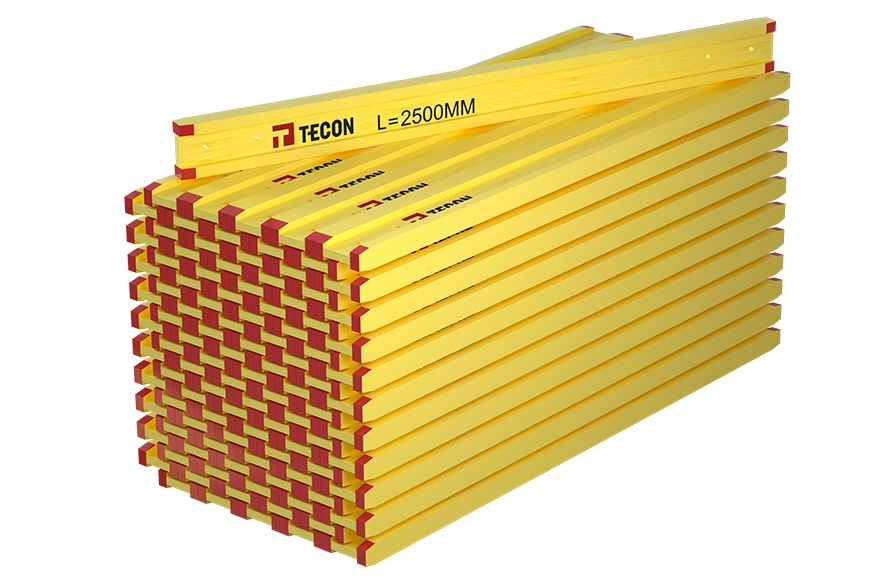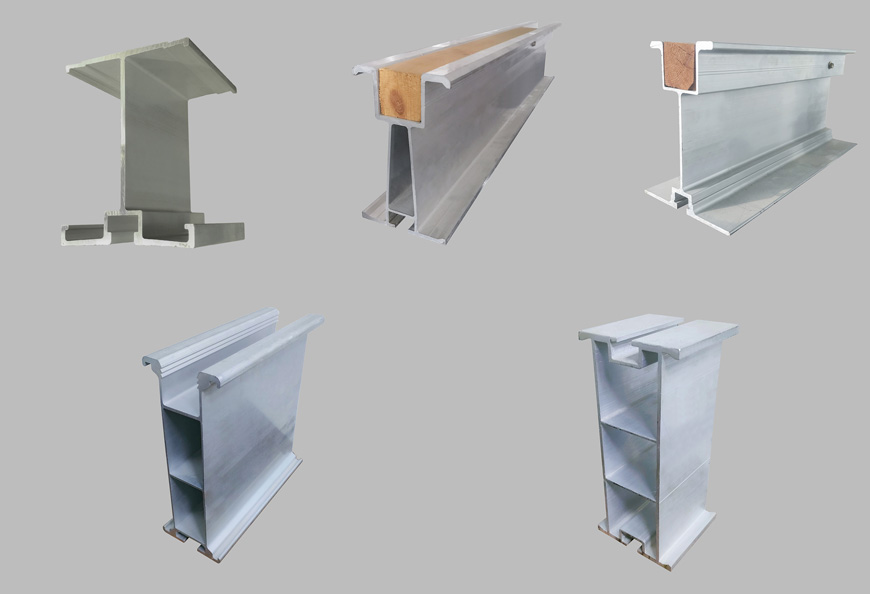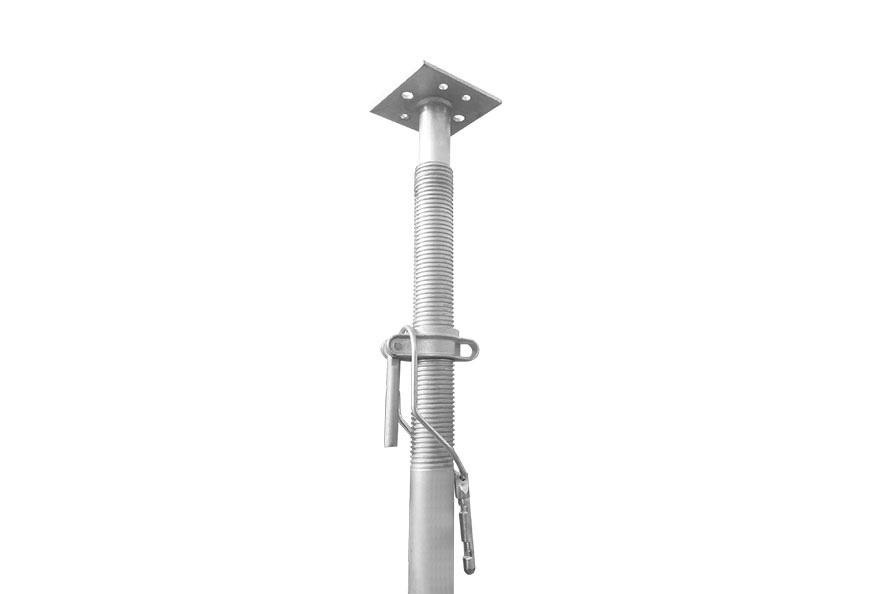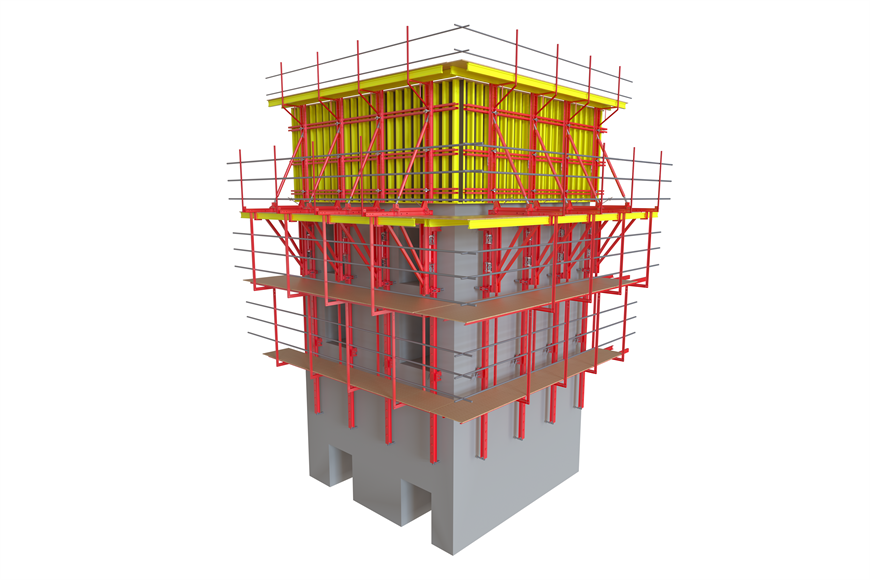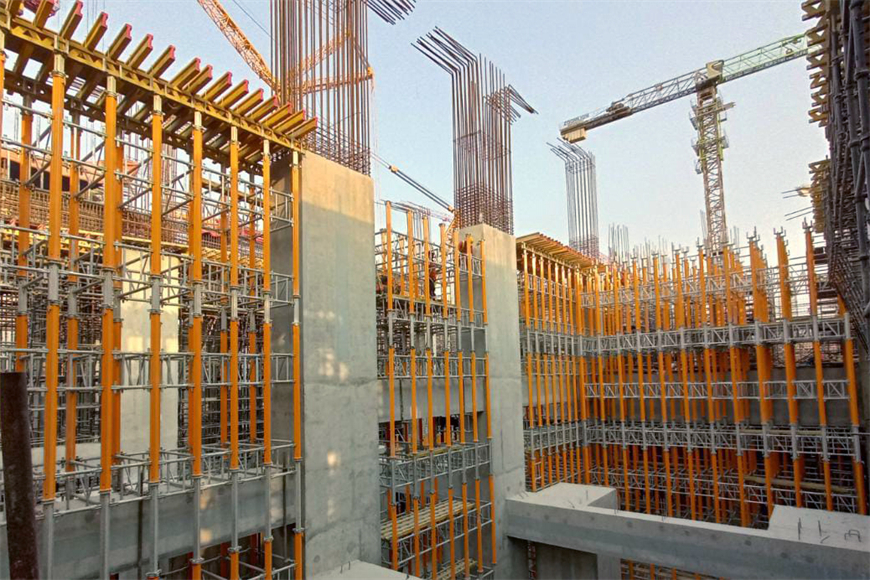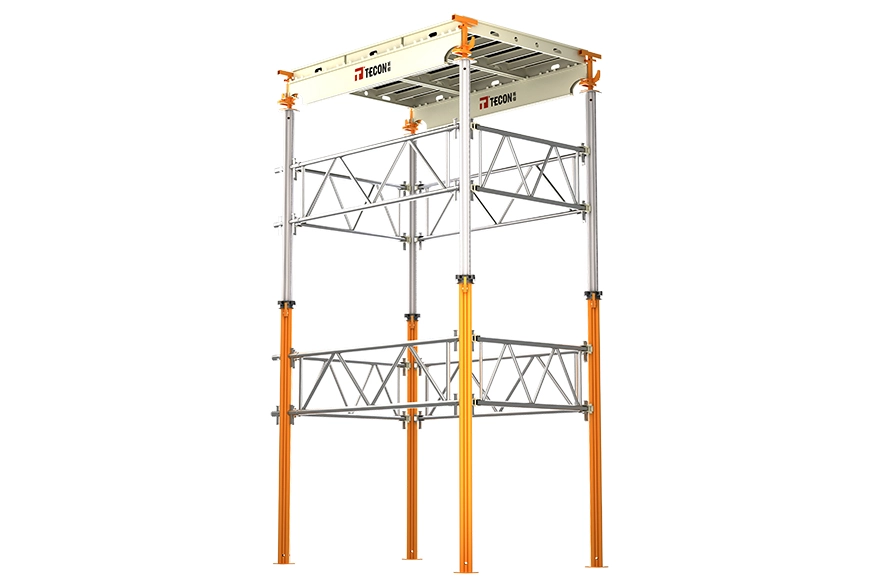The world is actively responding to climate change and vigorously promoting energy conservation and emission reduction. If green building formwork materials that can replace steel, bamboo, and wood are invented in the building formwork industry, it will undoubtedly bring huge environmental and social benefits to the world. In this context, plastic construction formworks came into being.
Plastic construction formwork is an energy-saving and environmentally friendly product. It is another new product after wooden formwork, combined steel formwork, bamboo-wood glued formwork, and all-steel large formwork. It can completely replace the traditional steel formwork, wooden formwork, and square timber. It is also energy-saving and environmentally friendly and has a low amortized cost.
The energy consumption for the production and application of plastic construction formwork is much lower than other materials. It is only 1/5 of steel and 1/8 of aluminum molds. Therefore, the promotion and application of plastic formworks in the formwork market is an important measure to "replace wood with plastic", save resources and save energy. Therefore, a new type of plastic construction formwork that can greatly reduce costs has become an important application in building formworks.
Plastic formwork's main raw materials are recycled waste plastic formwork and waste plastic. Firstly they go through the ratio test, then were crushed, and then add flame-retardant, high-temperature-resistant, cold-resistant, impact-resistant, and bend-resistant materials, which are molded by injection in a molten state. In terms of plastic formwork transportation, it saves manpower and has low labor intensity. It also can be used for more than 30 times in turnover. After being used, it can be fully recycled and then made into a new formwork by the manufacturer.
